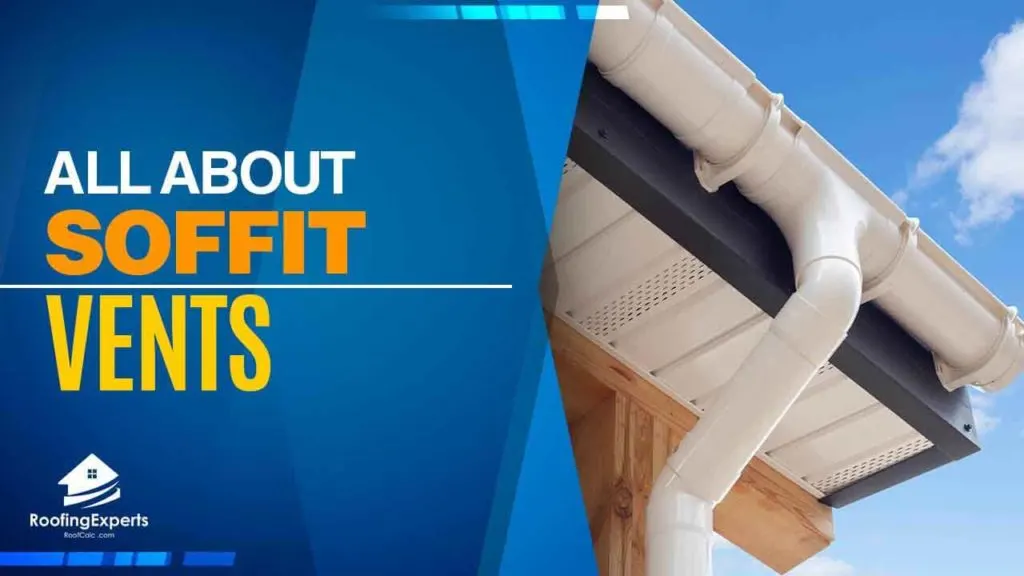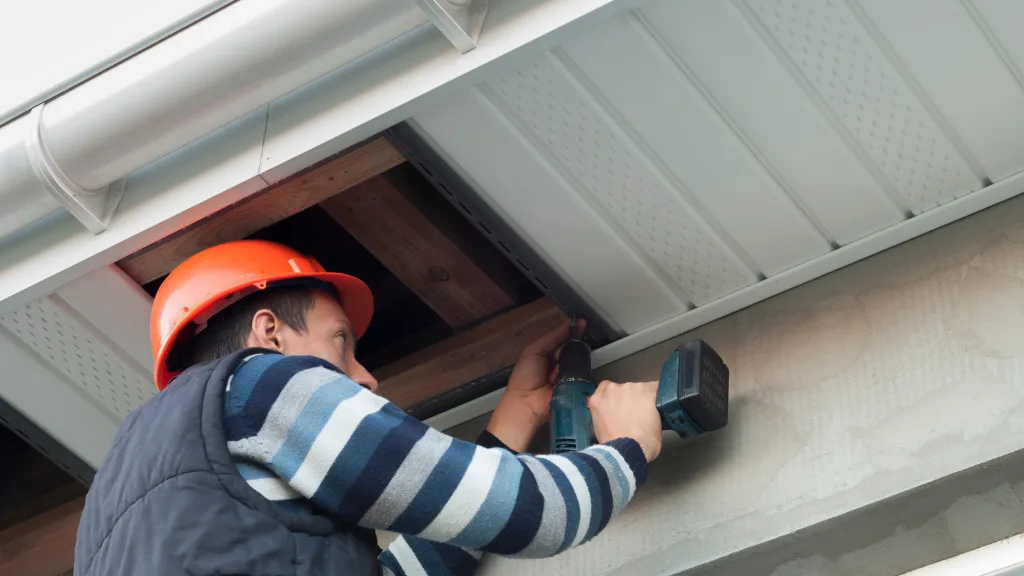
The soffit vent is a small opening that allows air to flow out of the attic and into the atmosphere. These soffit vents are typically found on the outside wall or roofline of a home, but can also be found in unfinished areas such as attics and crawl spaces.
There are many benefits to installing these vents, including reducing energy costs by improving ventilation and preventing moisture buildup from trapping heat inside your home. In this blog post, we will discuss how they work, why you should have them installed if you don’t already have them, what type of materials they are made from, and where to find them online for purchase!
Do I need Soffit Vents?
If you don’t have soffit vents installed on your home, it is definitely something to consider. They are a great way to improve ventilation and help keep your home cool in the summer months. In addition, they can also help prevent moisture buildup which can lead to mold and mildew growth.
Soffit vents are a great way to improve your home’s energy efficiency as well as make it more comfortable.
Where can I find Soffit Vents?
You can find soffit vents on the exterior of homes or in unfinished spaces such as attics and crawl spaces.
Soffit vents come with many benefits for homeowners, including reducing energy costs by improving ventilation and preventing moisture buildup. If you don’t have soffit vents installed on your home, it is definitely something to consider! You can find them online for purchase at many retailers.
Different Types of Soffit Vents
There are several types of soffit vents, including the traditional slotted vent and a flat grill type.
- The slotted vent allows air to flow through but reduces this when it is windy or raining. This can cause problems with your home’s ventilation system, like mold growth and poor indoor air quality.
- The flat grill type of soffit vent is a better option. These vents allow for more airflow and prevent problems like mold growth and poor indoor air quality that can occur with traditional slotted vents because they are open all year round. However, it’s important to note that some flat grill soffit vents are made of materials that rust over time.
Related: 3 Simple Tips for Cleaning a Blocked Soffit Vent
Replacement Soffit Vents
If you’re looking to replace your soffit vent, it is recommended that you purchase the same type as what originally came with your home when it was built. However, if this isn’t possible, there are a few different types of replacement soffit vents that you can choose from.
- The most common type of replacement soffit vent is the louvered style, which has slats that open and close to allow air in and out. This type is good for homes with asphalt shingles, as it allows the shingles to “breath” and keeps them from getting too hot.
- The other type of soffit vent is a downdraft style, which has flaps that can open or close to allow air in and out. This type works great for homes with tile roofs because it prevents water leaks caused by wind-driven rain. It also works well for homes with asphalt shingles, as it helps keep the shingles from getting too hot.
Related: Fascia and Soffit Replacement
Whichever type of replacement soffit vent you choose, it’s important to make sure that the opening in your roof is the same size as the vent itself. If it’s not, you can either get a vent that’s a little bit bigger or use a reducer to make it the right size.
Installation Tips
- For slip fit vents, you will need to attach them by using screws or nails.
- To install the grill type of soffit vent, you’ll first want to cut a hole in your roof that is slightly larger than the vent itself. Then use galvanized snap ties (which are basically metal clips) to secure it to the roof.
- Each type of soffit vent requires slightly different methods for installation, but they all work to improve your home’s ventilation and help keep it cool in the summer months!
When do I replace it?
If you notice that your soffit vents are clogged or no longer opening and closing correctly, it’s probably time to replace them.
You should also consider replacing your old soffit vent with a new one if you have recently replaced the siding on your house. This will help ensure proper ventilation for both the look and function of your home.

Things to keep in mind about Soffit Vents
- Soffit vents are an important part of your roof ventilation system
- They help to circulate air and keep the attic space cool
- In hot weather, soffit vents can help reduce the load on your AC unit
- Soffit vents should be installed in every attic space
- If you have gable vents, you may not need soffit vents
- If you have a cathedral ceiling, you will need soffit vents
- Soffit vents can be installed in new construction or retrofitted into an existing roof
- There are many different types of soffit vents, so choose the one that is best for your needs
- Soffit vents are easy to install yourself, but you can also hire a professional if needed
Is Soffit Ventilation Necessary?
Soffit vents are necessary in most cases where a home has gable or hip roofs. They can also be used in cathedral ceilings, but this is not as common. If you have a soffit vent system, it’s important to make sure that the vents are clear and open in order for them to work properly.
If your soffit vents are clogged or not working correctly, it’s time to replace them and ensure that your roof’s ventilation system is working properly.

